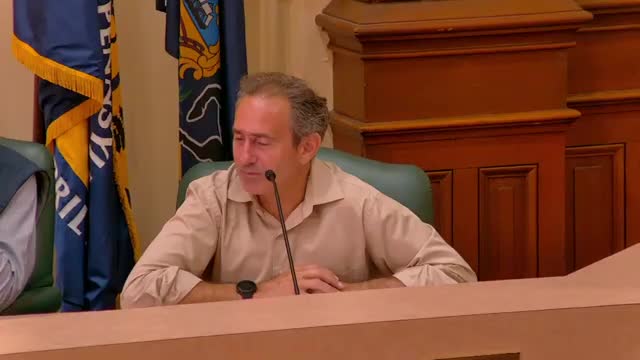
This article was created by AI using a video recording of the meeting. It summarizes the key points discussed, but for full details and context, please refer to the video of the full meeting. Link to Full Meeting
The participant noted that while the transition to data farms can lead to substantial tax revenue for communities, the job creation aspect is less promising. Most positions generated by these facilities tend to be security-related, with fewer opportunities for high-skilled roles such as computer engineering. This trend raises questions about the long-term benefits of such developments, particularly in terms of job quality and community engagement.
Additionally, the conversation touched on the operational aspects of data farms, emphasizing that many high-end engineering roles can be performed remotely. This flexibility may reduce the need for a local workforce, further complicating the economic benefits for communities that host these facilities.
As Scranton considers its own planning and development strategies, the insights from this discussion underscore the importance of evaluating both the economic opportunities and the potential limitations of data farms. The commission's ongoing deliberations will likely shape the city's approach to balancing growth with community needs in the evolving landscape of technology and agriculture.
Converted from Scranton City Planning Commission 8-27-25 meeting on August 28, 2025
Link to Full Meeting
Comments
View full meeting
This article is based on a recent meeting—watch the full video and explore the complete transcript for deeper insights into the discussion.
View full meeting